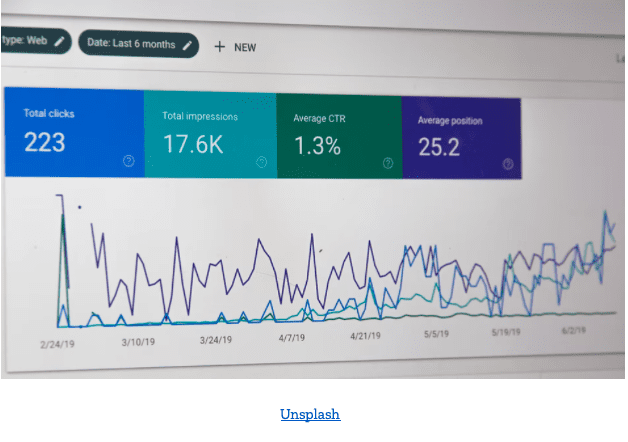A challenge businesses face is generating returns from marketing strategies; and while bigger and more well-known brands have the budget to spare for huge marketing campaigns, small and medium businesses may find it harder to get their brand known if they apply the same strategy. Establishing a brand may take time and may be an impractical option since revenue needs to be generated quickly. An inexpensive means to get your target market to engage with your business and generate revenue is through direct response marketing.
What is direct response marketing?
Compared to traditional marketing that aims to build a relationship with a brand and promote long-term brand awareness, direct response marketing is aimed at eliciting an instantaneous response. Direct response marketing encourages audiences to take a specific action such as calling a phone number, subscribing to a mailing list, purchasing a product, or referring a colleague, based on your campaign with an immediate return on investment to show. It is designed to generate a response as soon as your audience encounters your material which allows you to build momentum from it.
As mentioned, direct response marketing is aimed at eliciting a response from your target market, and to do so, your marketing campaign should feature the following elements:
Customer-centered
Your customers need to know what’s in it for them to respond to your material better. Versus focusing on the brand, get to know your customers and understand their reasons to purchase an item or avail of a service; focus on their problems or things that concern them to get better results and give them a better customer experience.
Targeted
Know your market and what they respond to. An audience of young professionals will respond differently to a campaign targeted specifically at them versus a generic one size fits all advertisement. Targeting your campaign to more specific groups with a more personalized message will elicit a better response and get generate better returns.
Simple and easy to respond to
People are less likely to spend time filling out forms with multiple fields or stay on hold during a phone call for more information. Don’t give your customers reason to abandon responding to your offer just because it’s complicated or time-consuming. Make forms simple, include only necessary details, and use language that your market understands to convey the action you want them to take.
Clear call to action
The goal of direct response marketing is not exactly to sell a product or service but for customers to take action after coming across your campaign. Use clear and compelling language in your message so customers know exactly what to do next.
Urgent
Time-bound offers are effective because of peoples’ fear of missing out, and quick action taken translates to higher returns. Consumers need to act and decide quickly which is why they would rather purchase a product now rather than risk the disappointment in missing out on the offer.
Ways to drive action using direct response marketing
Referrals
Invite your customers to refer others after purchasing your product since people trust recommendations from friends and family. As you get feedback from customers, you can provide a link to the specific page you want visited to make it easy for them to refer others, and you can offer an incentive such as free products or discounts in return for their referral.
Digital marketing
Digital marketing covers any campaign on a digital device. For instance, Google ads can reach your target audience with the right search terms and other criteria. These can also generate leads when potential customers search for a similar product or service to yours. Website pop-ups are another means to generate leads for your business since you can easily use these to get people to sign up for your newsletters or mailing list.
Social media
Most social media feeds are curated based on a user’s preferences and app usage, making ads on these platforms more targeted to specific markets. You can leverage social media ads by using high-quality visuals, catchy copies, and boosting posts all while making sure these have a clear call to action. You can program chatbots on Facebook to interact with customers as they browse through your page, use Instagram stories to connect with audiences quickly, and boost tweets for a limited time to catch users’ attention.
Email marketing
Email marketing is an ideal and inexpensive channel for direct response marketing and can easily cater to large markets, depending on your business. You can leverage email marketing through drip email campaigns, a sequence of emails sent over a time frame or after a user completes an action, and offer an incentive after sending the first email.
Direct sales
Put yourself in front of your target audience with direct sales. This involves attending trade shows, conferences, and other industry events, meeting people in person, and getting to know their needs. Through direct sales, you get to make your offer in-person and direct your customers to respond to your offer in the best way.
As the competition among businesses gets stiffer, businesses need to have more creative and practical means to market their products or services. Direct response marketing allows you to reach a specific market with the potential to translate to higher conversion rates in terms of action taken or returns. With this strategy, you can easily analyze the performance of your campaign, measure ROI to gauge success, and save on expenses which makes this a marketing strategy any business can employ.


